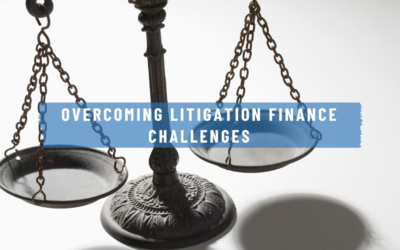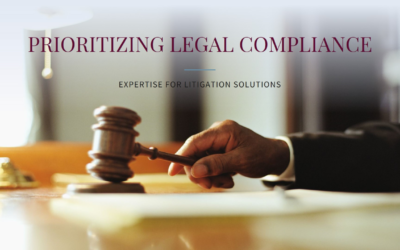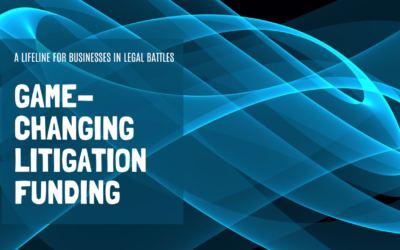Litigation is a complex process that requires not just legal expertise but also significant financial resources to build a strong case before filing. Accessing the necessary funding at the right stage can make a critical difference in the case strategy and success.
From investigations and expert analysis to procedural costs, early financial investment is essential, but clients and firms may not always have the liquidity to allocate to every high-potential case. This is where early-stage litigation funding (ESF) comes in, helping clients manage costs and pursue strong cases without financial constraints.
Understanding the Costs of Case Development
Before a case is even filed, substantial financial commitments are required. These costs include:
🔍 Pre-Filing Investigations & Case Research
- Fact-gathering, document analysis, and due diligence to build a compelling case.
- Hiring external consultants or industry experts for specialized insights.
📑 Legal Costs
- Legal research fees to confirm precedent.
- Compliance and jurisdictional requirements.
🛠️ Expert Opinions & Economic Analysis
- Engaging subject matter experts to validate claims and quantify damages.
- Economic impact studies and financial modeling to support arguments.
💼 Internal Resource Allocation
- Attorney and staff time spent on case evaluation and preparation.
- Balancing multiple cases while ensuring adequate resources for each.
Unlike traditional litigation funding, which helps sustain cases through trial, ESF supports clients in the critical early stages, enabling them to develop cases fully before committing to litigation.
Why Traditional Funding Methods May Not Be Sufficient
While some individuals or companies can shoulder the financial burden associated with litigations, case development costs can strain liquidity, especially when multiple cases require upfront investment.
Common Funding Approaches & Their Challenges:
✅ Self-Funding: Ties up capital that could be allocated elsewhere.
✅ Working on risk: strains, law firms’ and experts’ time, and cash flow.
✅ Bank Loans & Credit Lines: Can be restrictive and impact balance sheets.
Traditional funding models are designed for ongoing legal work, but they don’t always account for the intensive financial needs of early case preparation.
How Early-Stage Litigation Funding (ESF) Bridges the Gap
ESF provides tailored financial support to help clients:
✅ Fully Develop Cases Before Filing—Ensuring claims are well-substantiated from the start.
✅ Mitigate Financial Risks—Allowing firms to take on strong cases without worrying about upfront costs or time allocation.
✅ Allocate Resources Strategically—Keep capital free for other priorities.
By partnering with a strategic funding provider, clients can confidently pursue well-prepared cases, enhancing their ability to achieve favorable outcomes.
Conclusion
The financial demands of litigation don’t start at trial—they begin with the case development process. With early-stage funding, clients can proactively manage costs, strengthen case strategies, and maximize their chances of success.












0 Comments